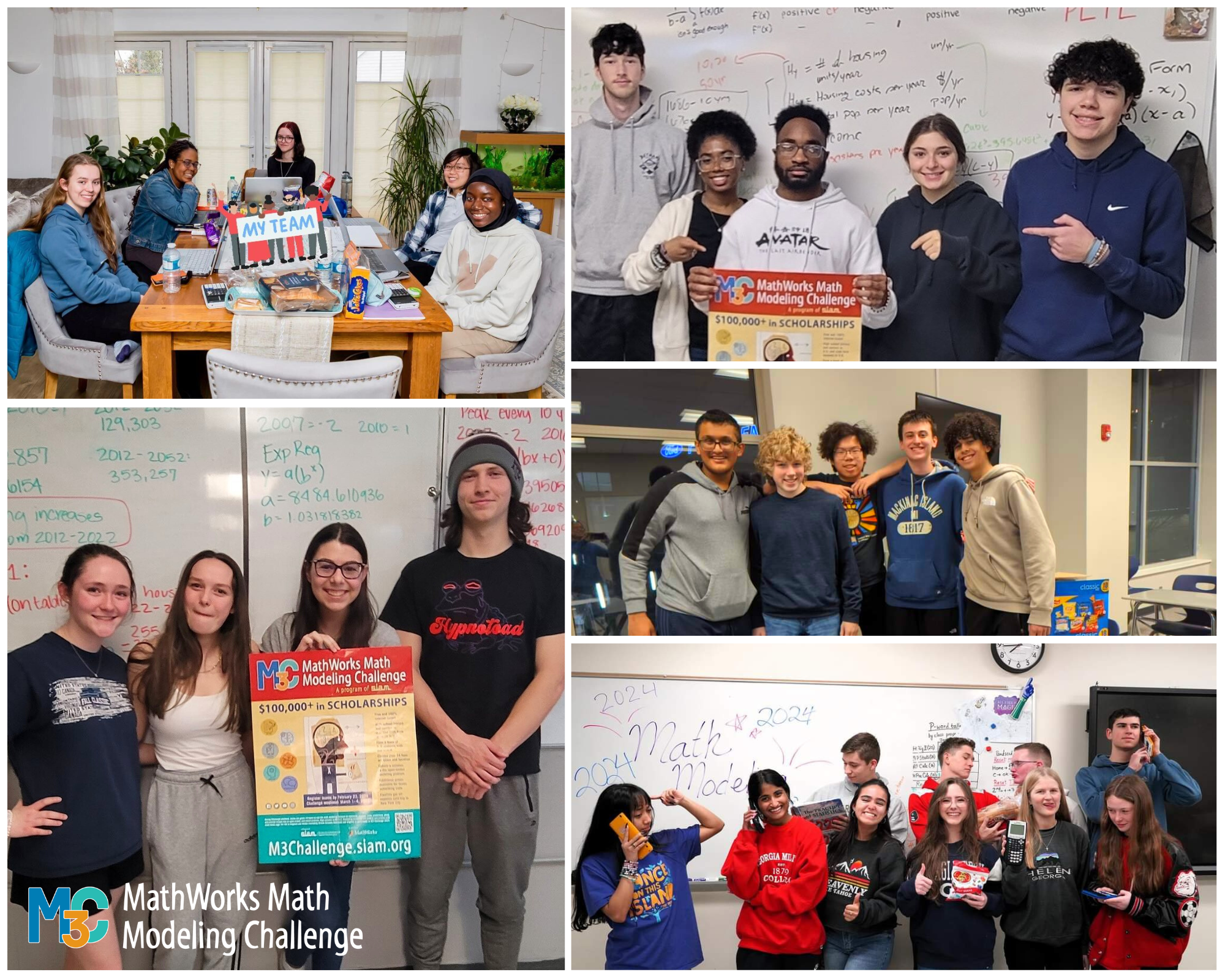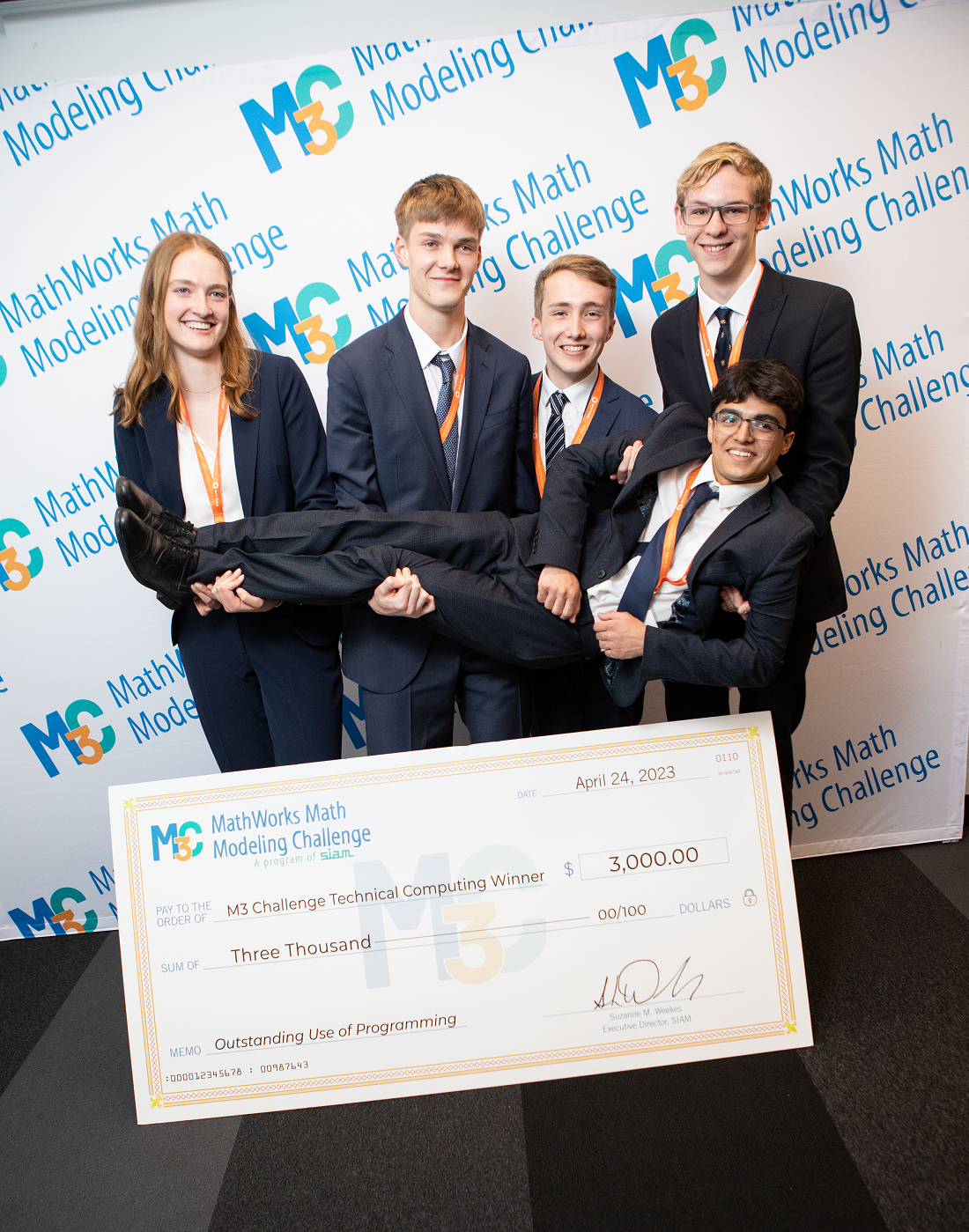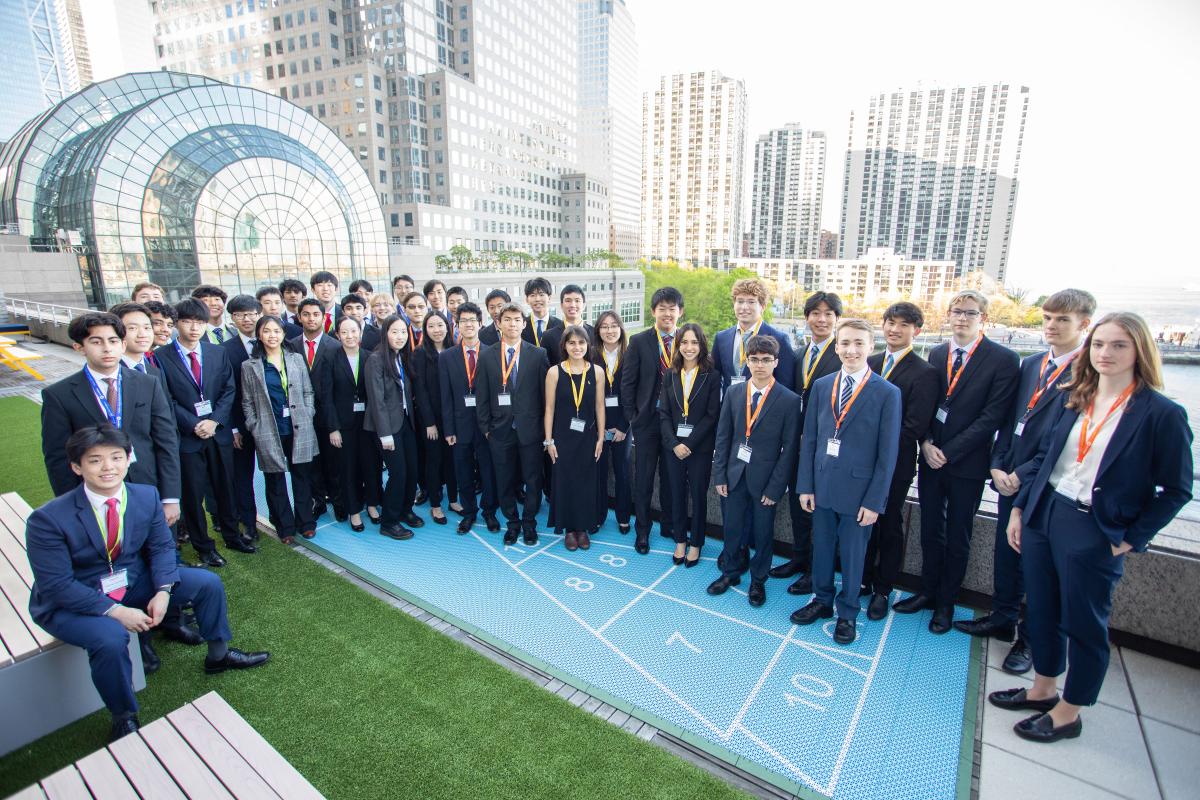Judge Commentary
Kelly Black, Ph.D., Department of Mathematics and Computer Science, Clarkson University
The 2012 modeling competition featured our most difficult challenge. The viability of an ambitious high speed railway project was considered, and three related questions were asked. Each individual question could be a difficult task in the given time limit, and the students were expected to bring them all together into a coherent report. The reports that the students submit continue to improve in quality. It is always impressive to see what the students are able to achieve in a short time. The response to the Challenge has been tremendous,and the program continues to grow. A large part of the success and growth is due to the work and dedication of our high school advisers. The continued success and improvement depends on our high school advisers, and we are fully aware that they are doing this in the face of continued increasing responsibilities. This perspective is one way that we try to give the advisers feedback. I will try to give a glimpse into the judging process itself as a way to provide a context as to why the different parts of the students’submission can be more important in certain stages of the judging. Second, I will try to list some of the aspects of different reports that were likely to elicit a negative reaction from a judge reading the report. After that a list of some of the positive aspects that were likely to elicit more positive reactions is given. Finally, a short note is given about the importance of including both references and citations.





